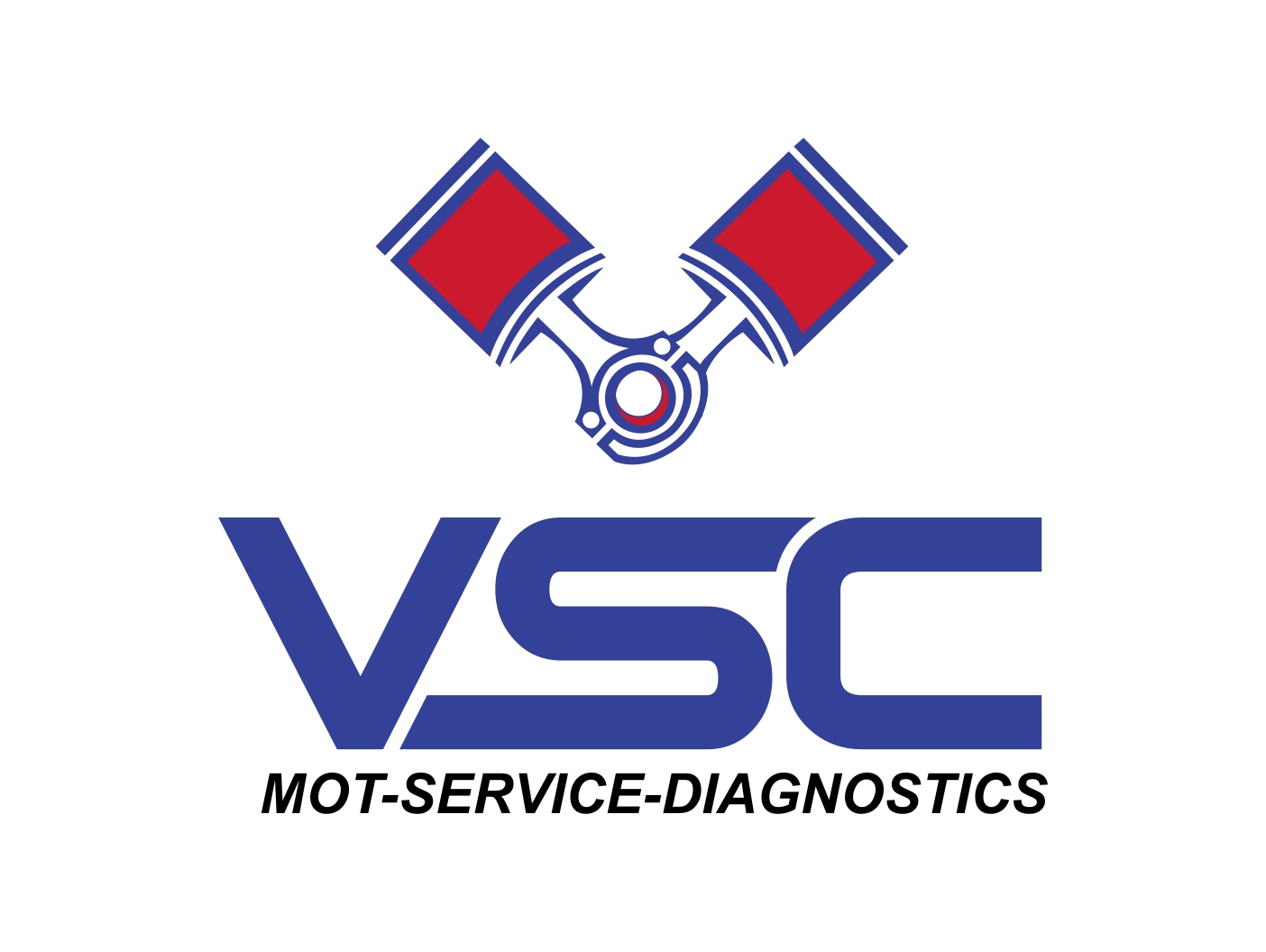Why Do You Need An Annual MOT?
By law, an annual MOT is needed for cars that are three years old. An MOT ensures that vehicles on the road match roadworthiness standards. A valid MOT test certificate must be renewed annually and it acts as proof that a car is working properly.
What Is Checked In An MOT
During an MOT test, various parts of your car are tested. If any of the following parts don’t work properly, they need to be fixed before the vehicle can be awarded an MOT test certificate.
Lights
This includes all the different lights around the car such as rear reflectors, registration plate lights, indicators, front lights and rear lights. All must be in the correct place, secure and in working condition.
Each light must display the correct colour and it should not be affected by operating any other light at the same time. A single operation of a switch should shine the light and pairs of lights must exhibit the same colour and size.
Headlights are also checked that their dip beam and main beam are below horizontal to prevent impairing the vision of other drivers.
Mirrors and Wipers
The wipers must cover a large enough area on the front and rear window to give the driver a clear vision of the road. Whereas, rear and wing mirrors must provide a clear view of the car from the back and the side.
Windscreen
There must be no damage or obstruction bigger than 10mm on the windscreen.
Emissions
A gas probe will be used to check emissions while the engine is running. The smoke emitted from the exhaust must be within the legal limit. Not to mention, a visual check will be done to ensure the amount of smoke is not excessive.
Fuel System
The tank cap must seal securely and there should be no leakage.
Exhaust
The exhaust should be secure on the car and it should not leak. Plus, a catalytic convertor must remain on the car if it was originally fitted with one.
General Items
Each car must show a legible VIN and have a speedometer fitted. As part of the MOT test, both will be checked for illumination.
Car Body
The chassis, seats, doors and engine mountings will all be inspected. Corrosion must be minimal and there shouldn’t be any sharp edges. Furthermore, license plates must be readable and fixed.
Seat Belts
Must be able to fasten them and be in reasonable condition.
Tyres
According to law, the tread depth must not be below 1.6mm. Besides no massive cuts and tears on the tyres.
Brakes
Pedals and levers are checked that they work properly.
Suspension
Corrosion and distortion on shock absorbers will be looked at as well as fractures to the suspension.
Steering
The strength of the steering wheel will be analysed, there should be minimal damage to the components.
Electrical Wiring
The wiring should be secure with no significant damage to risk it becoming unattached.
Horn
It must be loud enough to be heard by other drivers on the road.
Battery
The car battery should be fixed in place and no signs of leaking electrolyte.
